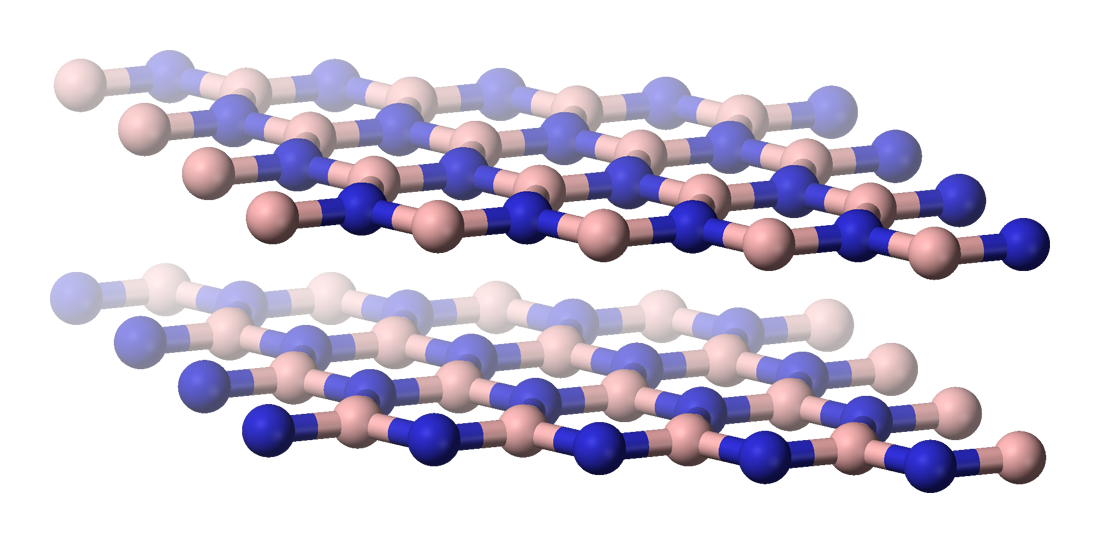
The giant flexomagnetic effect, the appearance of magnetization during bending of two-dimensional magnetic materials, was mathematically predicted by a team of scientists from the Department of Oscillation Physics of the Faculty of Physics of Moscow State University. MV Lomonosov together with colleagues from Shanghai University and the Slovak Academy of Sciences, the press service of Moscow State University reported on April 9.
The first two-dimensional magnetic material, two-dimensional copper oxide, was created by a team of Russian and Japanese scientists in 2017. Its properties resemble two-dimensional graphene. Furthermore, the geometry of such materials suggests the possibility of magnetic effects during their mechanical deformation or bending.
The work of the international team studying the properties of two-dimensional two-layer magnets involved Aleksey Kaminsky, a graduate student at the Department of Physics at Moscow State University, and Professor Alexander Pyatakov. The result was a prediction, based on mathematical calculations, of an increase in the flexomagnetic effect when bending these materials hundreds of times in relation to the magnetization of their layers.
The head of the Laboratory of Photonics and Spintronics of the Department of Physics of Moscow State University, Professor Alexander Pyatakov, explained his discovery:
“The flexomagnetic effect is manifested in antiferromagnetic bilayers, that is, materials formed by two magnetized layers in which, in the absence of deformations, one magnetic layer completely compensates the magnetization of the other. When bending, the upper layer with upward magnetization is compressed, its atoms approach each other and the magnetic interaction between them increases, while the lower layer, on the contrary, stretches and its downward magnetization decreases in absolute value. As a result, a decompensation of the magnetic moments of the upper and lower atoms occurs. The more the magnetization of a single layer depends on deformation and the further apart the layers are from each other, the stronger the effect, and these two properties are inherent to two-dimensional magnetic materials.”.
This effect can find application in tensiconics (an innovative technology that is based on the physical effects that occur during mechanical deformations in solids to create a new generation of information, sensor and energy-saving devices), as well as in flexible electronics.
The authors presented the results of the mathematical calculations in the article “Curvature-induced magnetization in CrI₃ bilayer: enhancement of the flexomagnetic effect in van der Waals antiferromagnets”, published in the journal Q1 Physical Review B.
Source: Rossa Primavera
I am Michael Melvin, an experienced news writer with a passion for uncovering stories and bringing them to the public. I have been working in the news industry for over five years now, and my work has been published on multiple websites. As an author at 24 News Reporters, I cover world section of current events stories that are both informative and captivating to read.
